Everything you need to know about Vitamin D + 7 Food Sources

Vitamin D is a vitamin that gets a lot of love, especially during the winter months with its ever appealing “sunshine vitamin” nickname. The attention it gets is well-deserved too, even in summer, as the body virtually couldn’t function without it, so ensuring you're getting enough is super important*.
What is Vitamin D?
Vitamin D is a fat-soluble secosteroids hormone. More details on that below.
What Does Vitamin D Do in the Human Body?
Vitamin D is an essential vitamin playing several vital roles in your body. Vitamin D is most well-known for its responsibility in maintaining strong bones* (along with the mineral Calcium*), but according to the national institute of health, Vitamin D also plays roles in:
- Muscles – Vitamin D plays the role of messenger, and aids in carrying messages between the brain and every body part*. Your muscles couldn’t function w/out vitamin D.*
- Immunity – Contrary to popular belief immunity is about so much more than just vitamin C. Vitamin D plays a critical role in helping the body fight off invading bacteria and viruses*.
So, How Much Vitamin D Do You Need?
You should always talk with your doctor about your specific needs, as Vitamin D deficiency levels are extremely high, especially in the US*. The FDA (along with several other world health organizations) has recommended that a 100% Daily Value (DV) of Vitamin D is:
- Adult Men/Women - 800 IU (20 mcg)
- Pregnant/Lactating Women -600 IU (15 mcg)
What Happens If I’m Deficient in Vitamin D?
Your doctor or certified nutritionist is the only one who can tell you if this is true or not, but deficiency symptoms are numerous, and can range from a weakened immune system, fatigue and tiredness, bone or joint pain, bone loss (osteoporosis), muscle pain, and even depression*.
Can I take too much Vitamin D?
On this front, vitamins can be classified into two segments: fat-soluble, and water-soluble. Vitamin D is a fat-soluble vitamin, meaning that the body can store it, and doesn’t have a good way to expel excess* (Water-Soluble vitamins are likely the culprits behind the yellow urine you sometimes see after taking supplements - luckily that's harmless*).
While vitamin D toxicity is extremely rare, it can lead to hypercalcemia, however, the risks of being deficient are typically much higher.* You should always talk with your doctor before adding or changing your supplementation.
7 Best Whole Food Sources of Vitamin D
Can you lean on whole food sources to get your daily balance of Vitamin D, or do you have to take a supplement? The short answer is, perhaps both*, but we’ll go through the 7 options to dig deeper.
#1 Sunshine.

Okay, sunshine isn’t food, we know, but Vitamin D is known as the “Sunshine Vitamin” for a reason. On a beautiful sunny day, several studies show you can get your daily recommended intake from as little as 8-15 minutes of exposure*. A few important notes, though, that sunshine absorption of vitamin D can be melanin dependent, meaning those of us with darker skin will need to spend more time in the sun than someone with lighter skin.*
Also, most sunblocks will block your absorption, so while sunshine is a fantastic source, many of us may need to look to food or supplements, even on a beautiful day.
#2 Fatty Fish and Seafood
My fellow seafood lovers are in luck! Seafood is a fantastic source of Vitamin D!
- Salmon - A 3.5 oz serving of salmon can give you about 50% of your recommended DV of vitamin D.
- Tuna – A 3.5 oz serving of Albacore Tuna will give you about 45% of your daily Vitamin D
- Cod Liver Oil – Any Chefs in the building? It might not sound like the most appealing option, but 1tbsp of this potent oil will give you 130% of your recommended DV of Vitamin D. Wow!
-
Flounder – Don’t tell Ariel, but her little friend is a pretty good source of Vitamin D too. A 3 oz serving is going to give you 15% of your daily value.
- If you can, try to eat wild-caught fish as Research shows that that farmed fish may contain 75% less vitamin D than their wild-caught counterparts*.
#3 Mushrooms

Mushrooms are one of those superfoods that just taste amazing in so many things, and we’re learning more about their health and environmental benefits every day. One of those benefits is that mushrooms are a phenomenal source of Vitamin D. Portabellas and cremini (the brown ones at your grocery store) pack the most, with 3 oz giving you up to 120% of your recommended daily value.
One note to our vegan friends, Mushrooms are the only food you’ll find in the produce aisle (outside of Tofu, which we’ll get to) to get your vitamin D.
#4 Egg Yolks

Who’s ready for breakfast? While eggs have the least amount with one only giving you 4% of your DV of vitamin D it’s still a great option if your cholesterol isn’t high*, or your doctor gives you the okay to keep enjoying them.
#5 Tofu

Here’s another option for vegans, and its versatility in the kitchen makes it a really fun option! You’ll want to check the label of your favorite brand to see its Vitamin D content, but a typical 3 oz serving will give you 20% of your DV of Vitamin D*.
#6 Fortified Foods

Vitamin D is probably one of the most popular vitamins to be fortified into foods due to how few sources outside of natural sunshine contain it. Be sure to look at the labels, but some popular options are cereal (watch out for sugar!), orange juice, milk, and perhaps a little more healthy option, many almond milk options are also fortified with Vitamin D.
#7 Supplements

Of course, an extremely popular source to get your vitamin D is, for many reasons, a supplement option. Luckily, Vitamin D is a little different than most other supplement vitamins/minerals, in that there are really only 2 sources you’re going to come across, and neither is bad*. A “No-Bad” option is pretty unusual in the supplement world too (side note – be wary of any supplement ingredient that ends with the word: Oxide!).
To get scientific for a moment, you’ll come across two sources of Vitamin D: Vitamin D2 (ergocalciferol) and vitamin D3 (cholecalciferol). While the debate is heavy on both, we’ll go over the key differences.
-
Vitamin D2 (ergocalciferol)
- This is your plant-sourced option, which is synthesized through UV irradiation from fungi (usually mushrooms*).
-
Vitamin D3 (cholecalciferol)
- This is the animal-sourced option, which is also synthesized through UV irradiation, but this time from animals (usually sheep*).
- D3 is also naturally produced in your body from sunshine, hence why it is also in animals.
-
The Difference
- There are notable debates on-going, however, overwhelming evidence shows D3 is better at increasing Vitamin D levels in your bloodstream* AND in supplement form, D3 tends to sustain those levels of Vitamin D in your bloodstream for longer periods*.

Root’d is determined to bring clarity to vitamins and supplements, and cut through the clutter of confusion. All Root’d vitamins only use the best science backed forms of nutrients to help you and your family live a healthier more nutritious life, every day!
Give Root'd a try for yourself, and save 15% with code VitaminD15. Shop Now
Cheers to your Health!



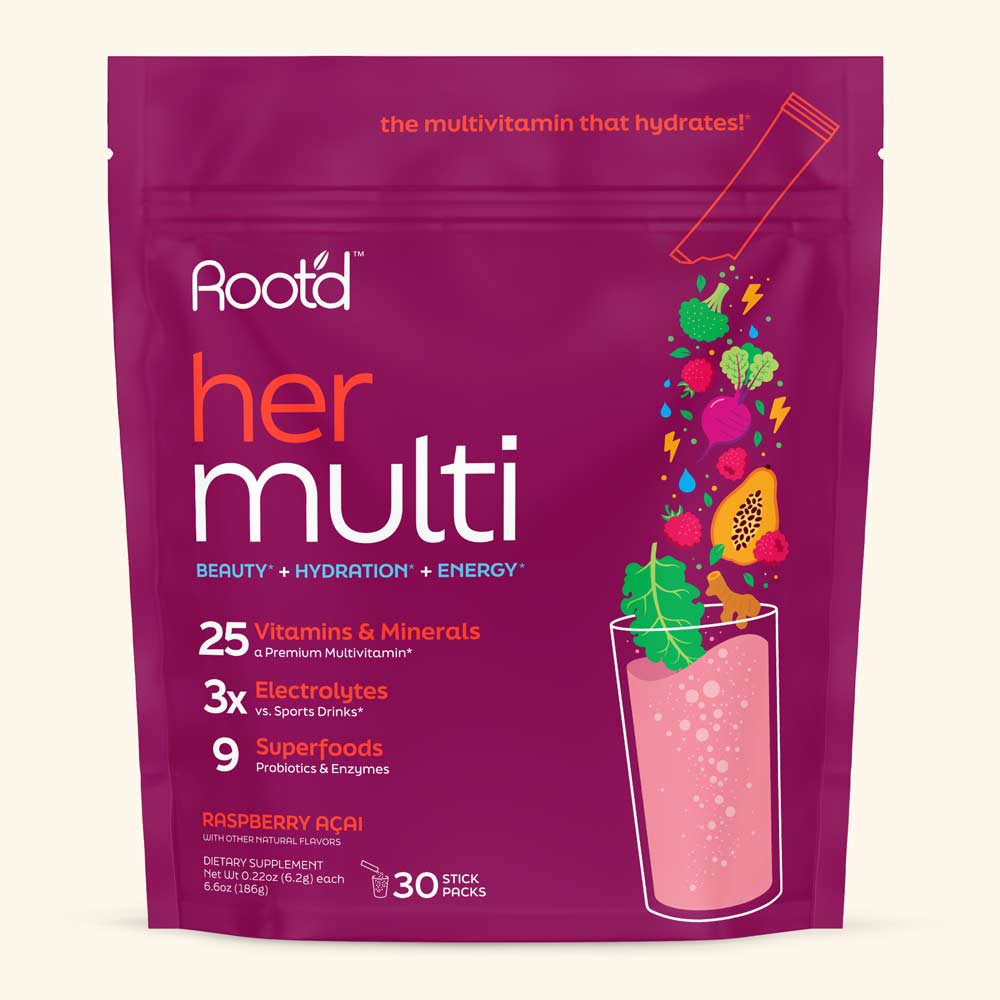
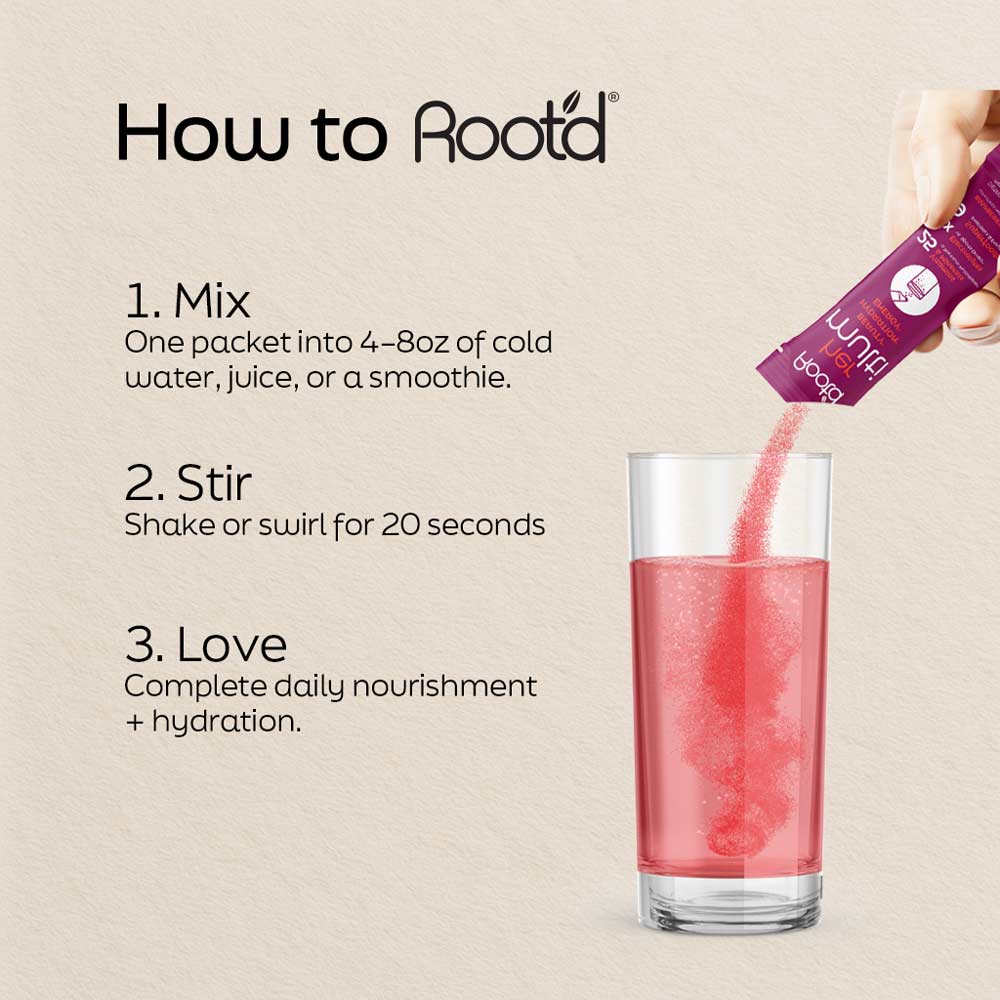









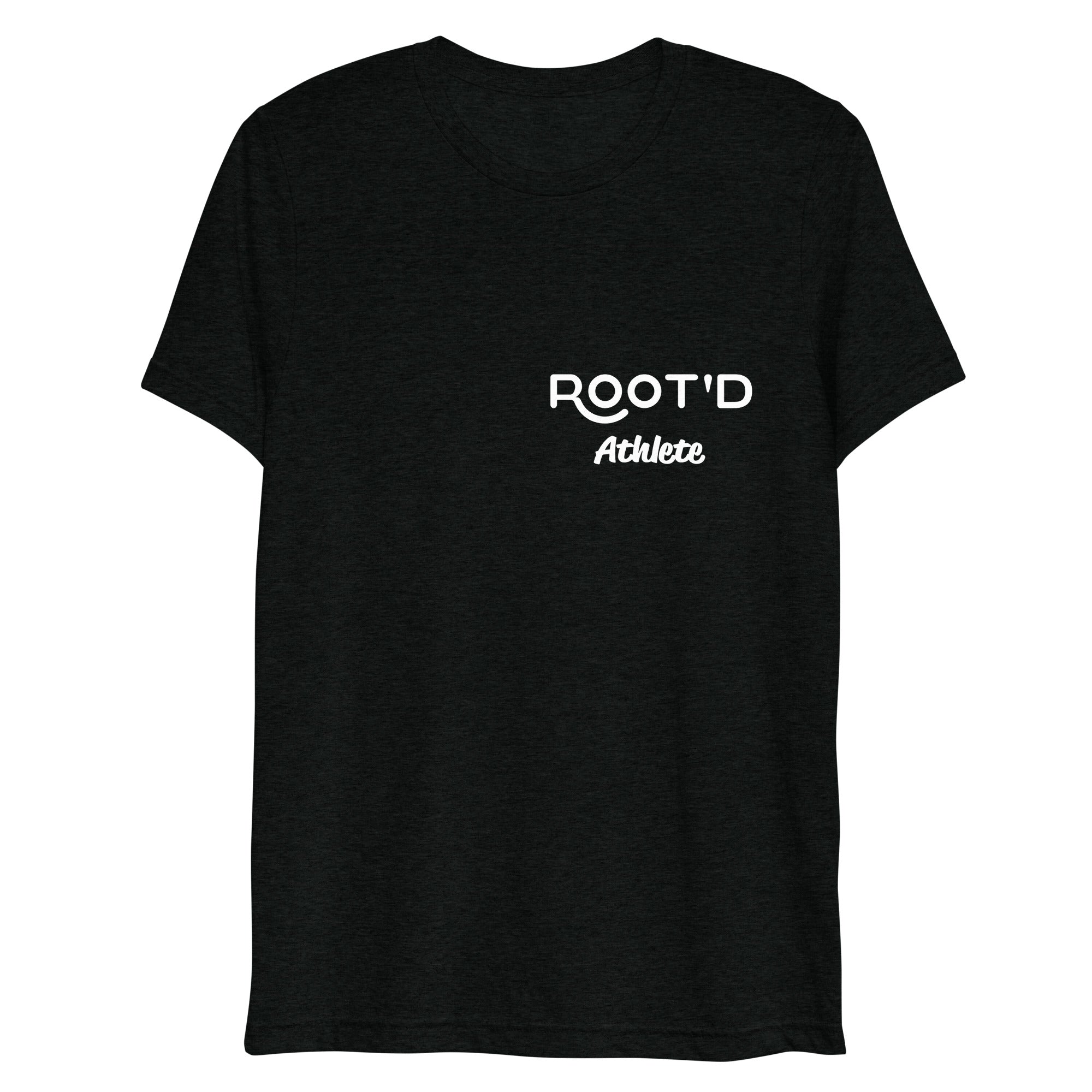

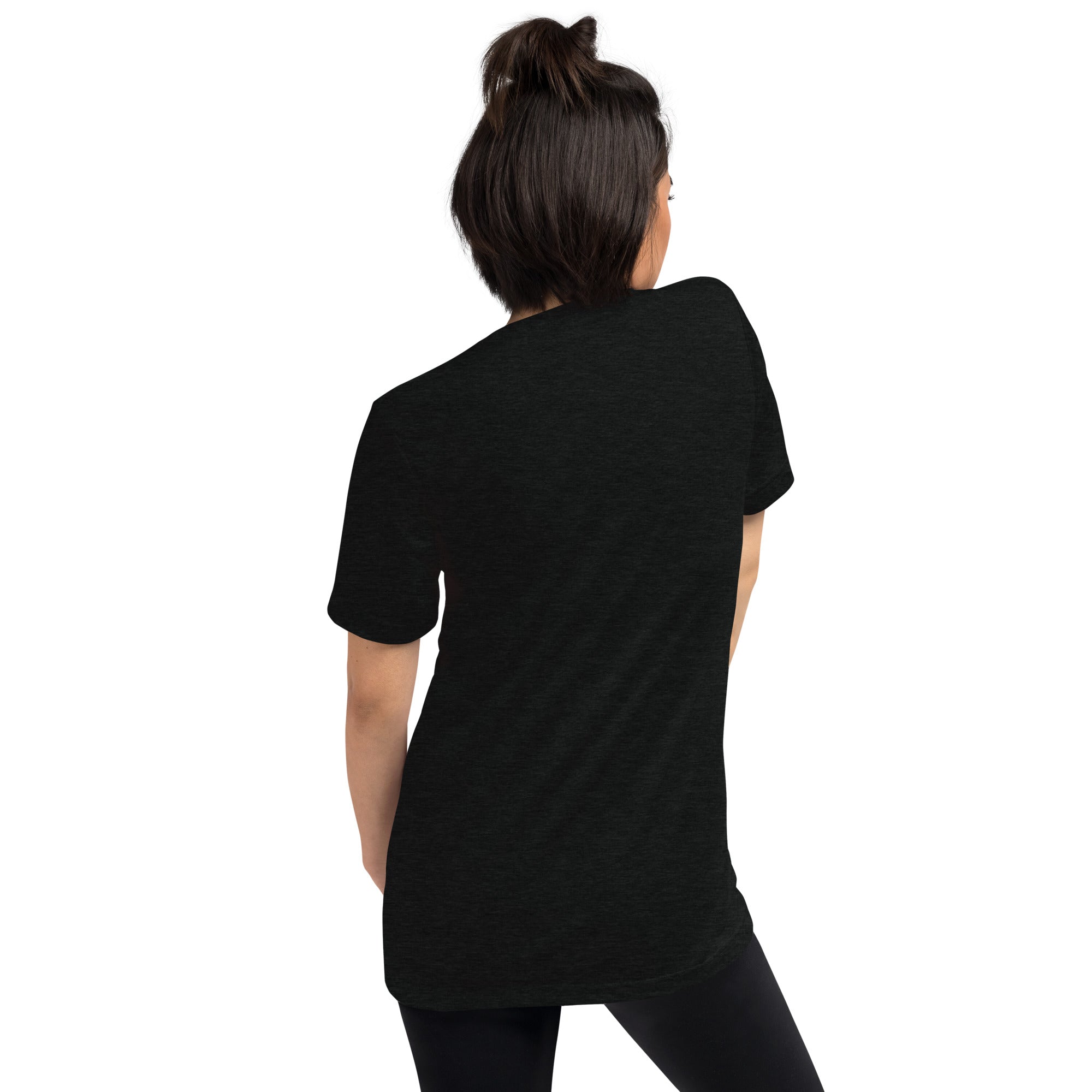







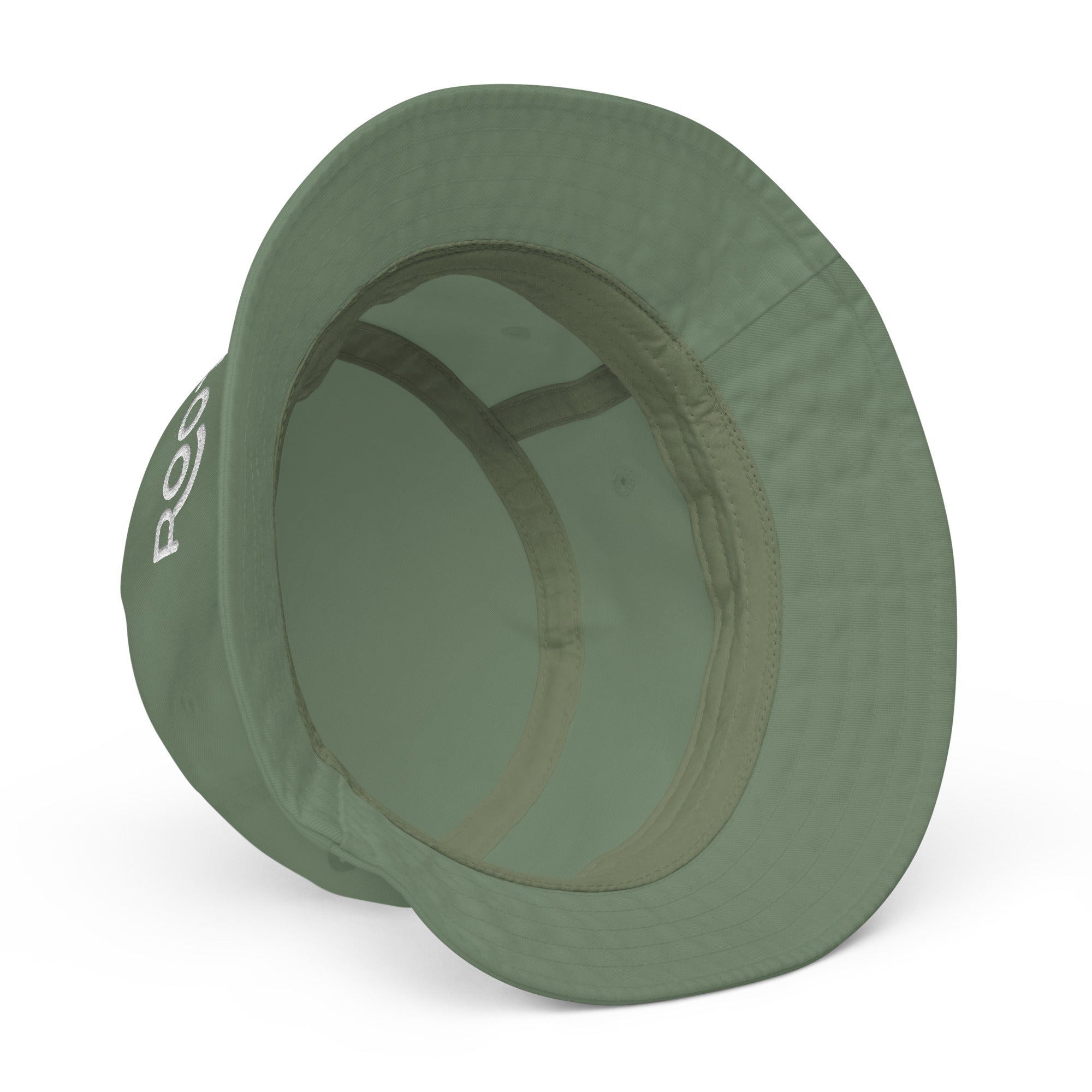

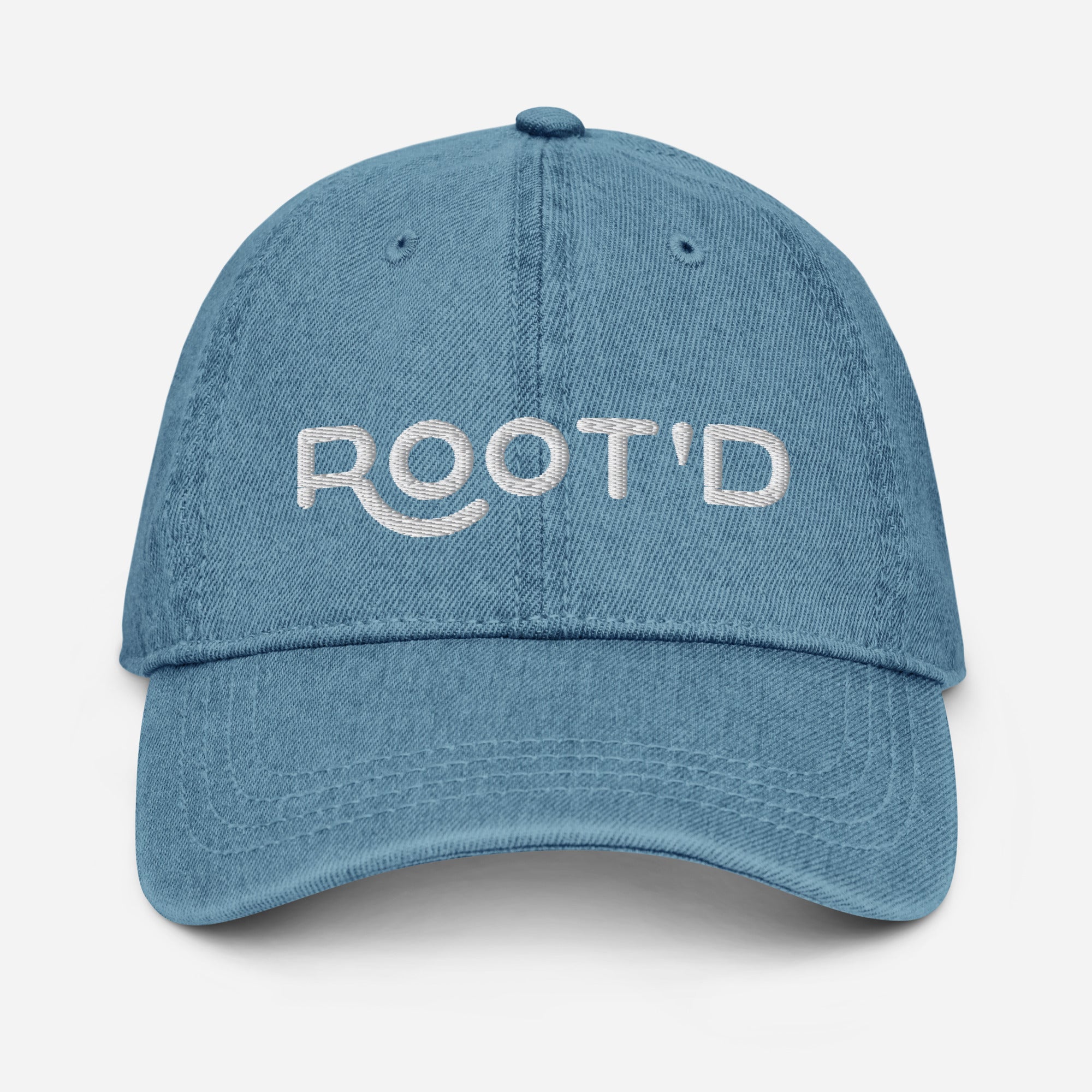



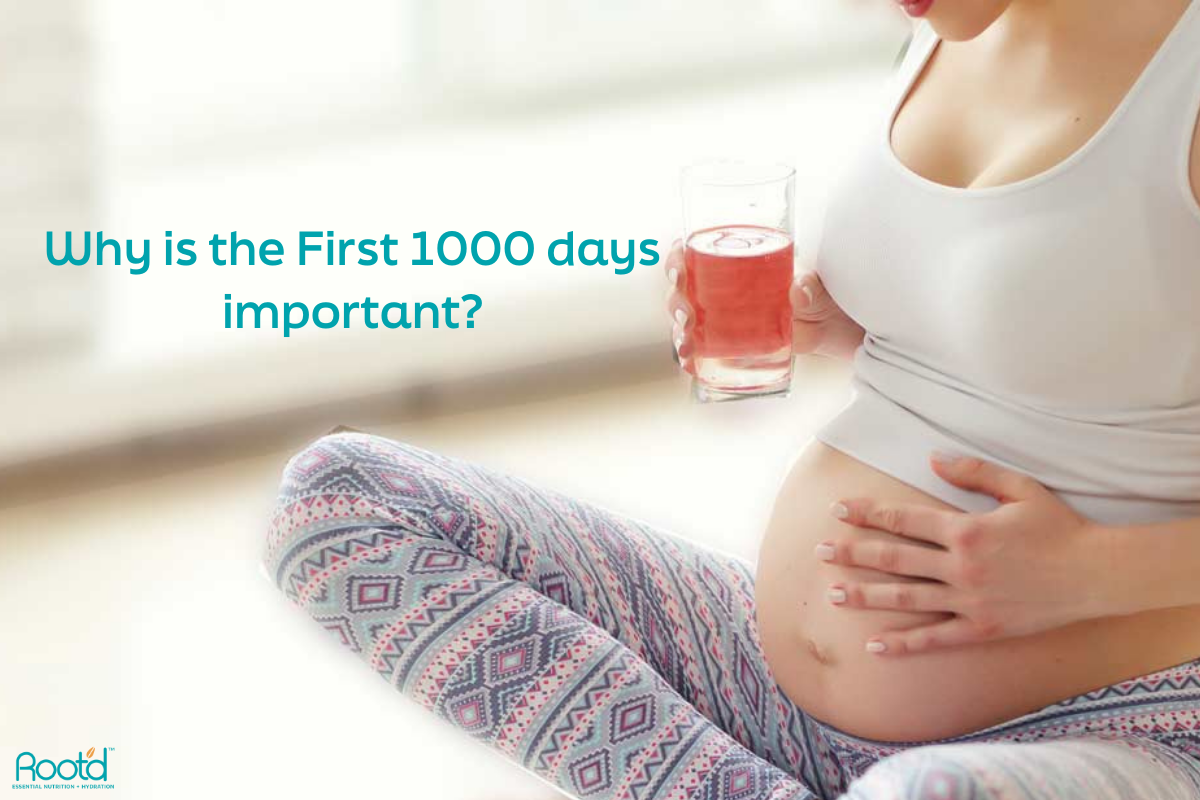
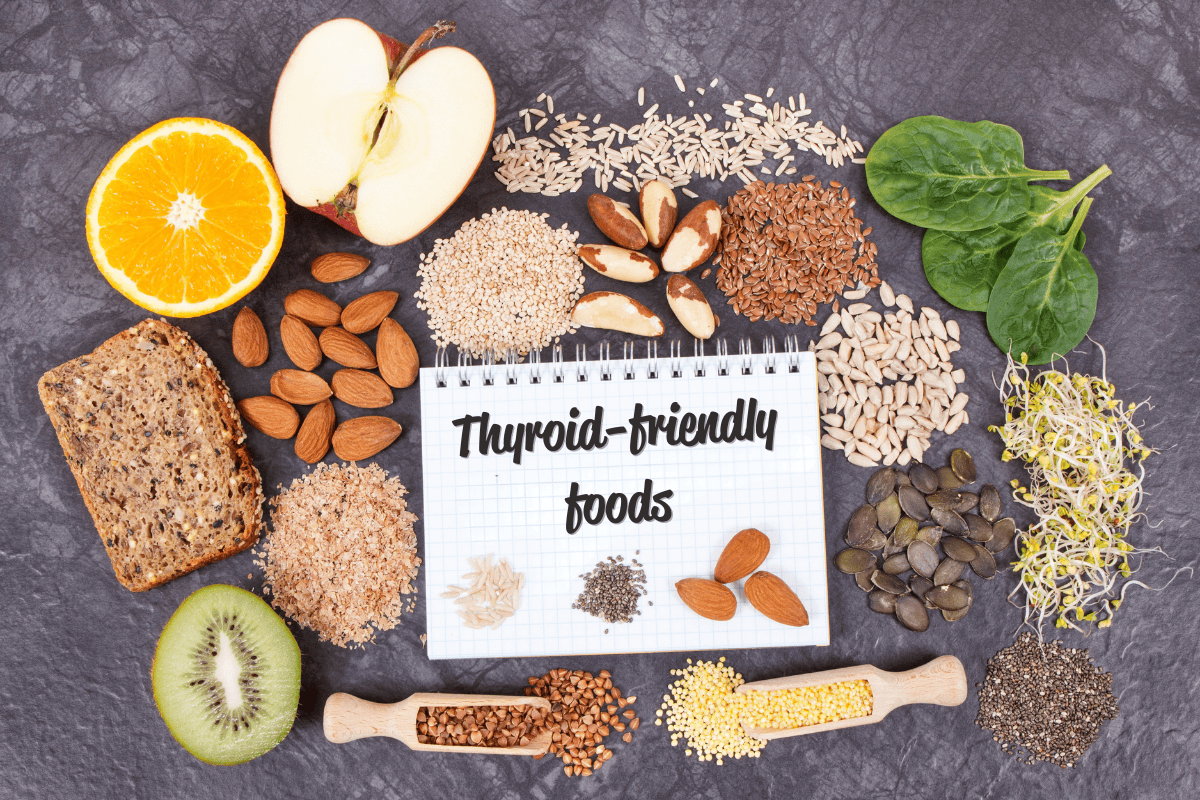
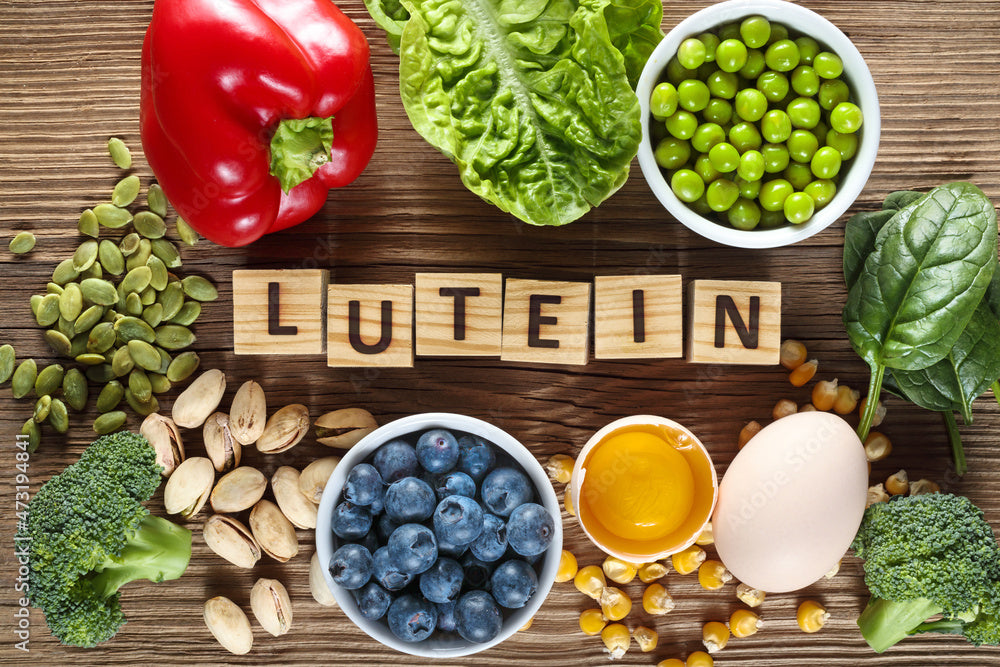
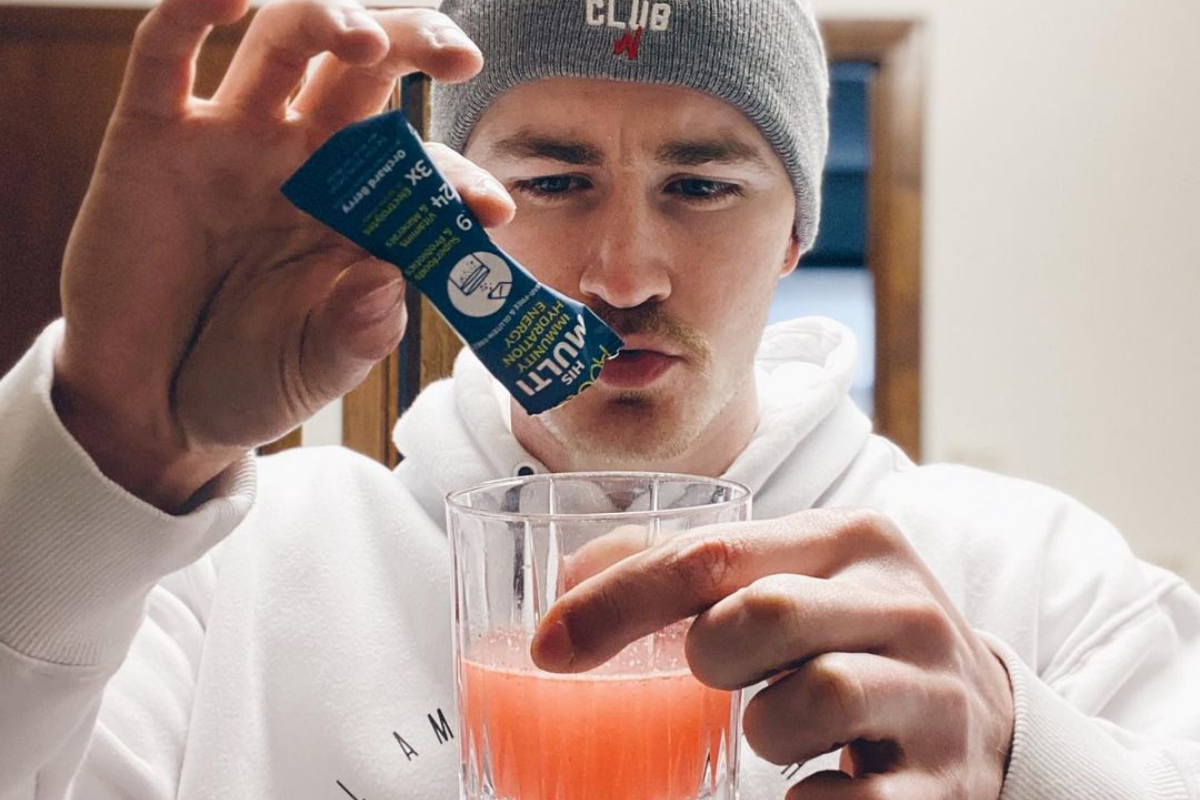
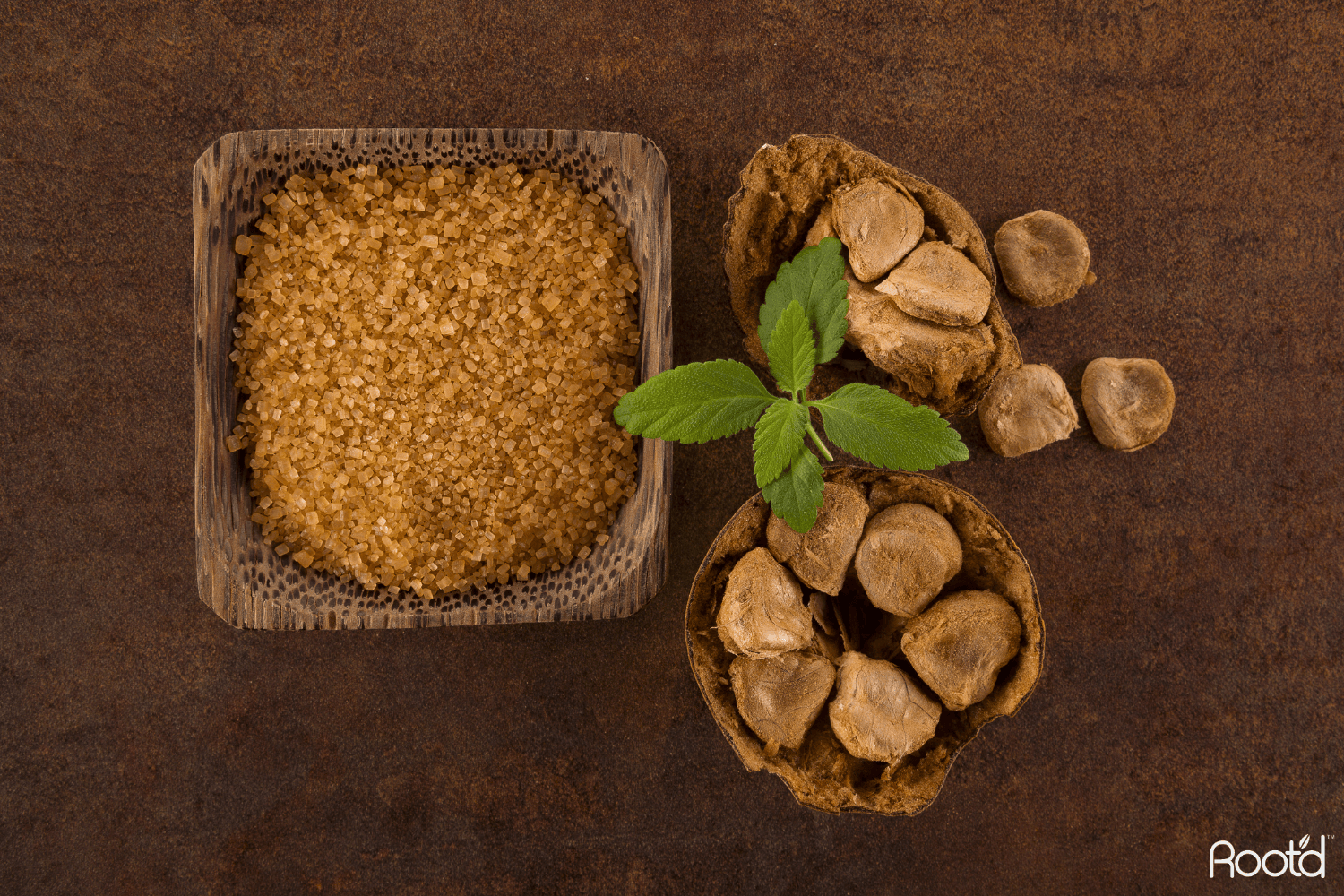
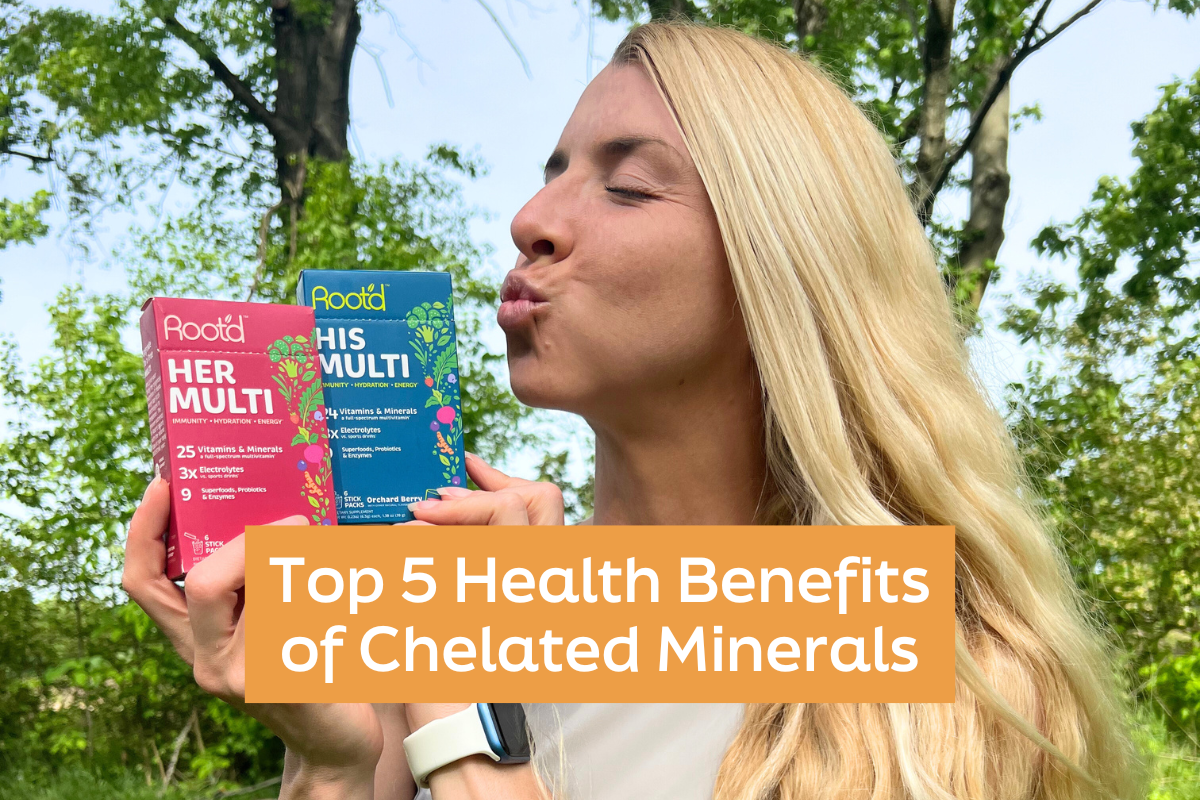
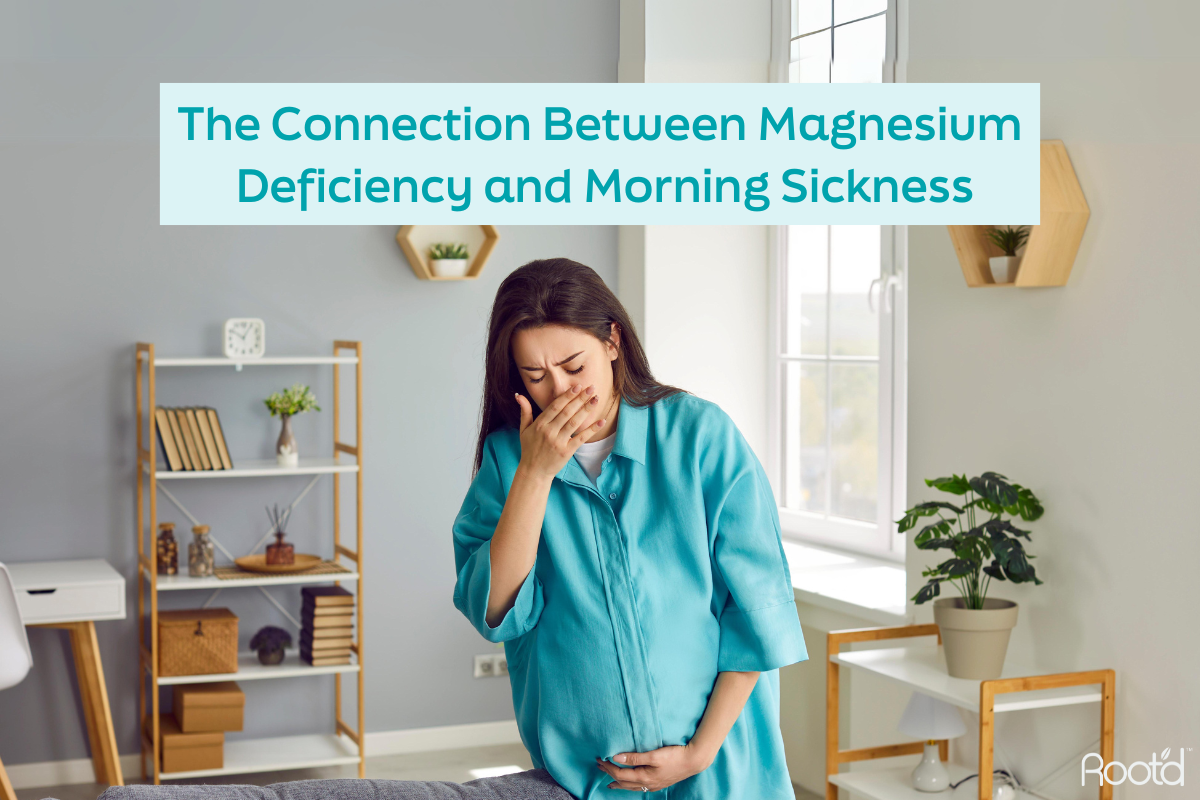


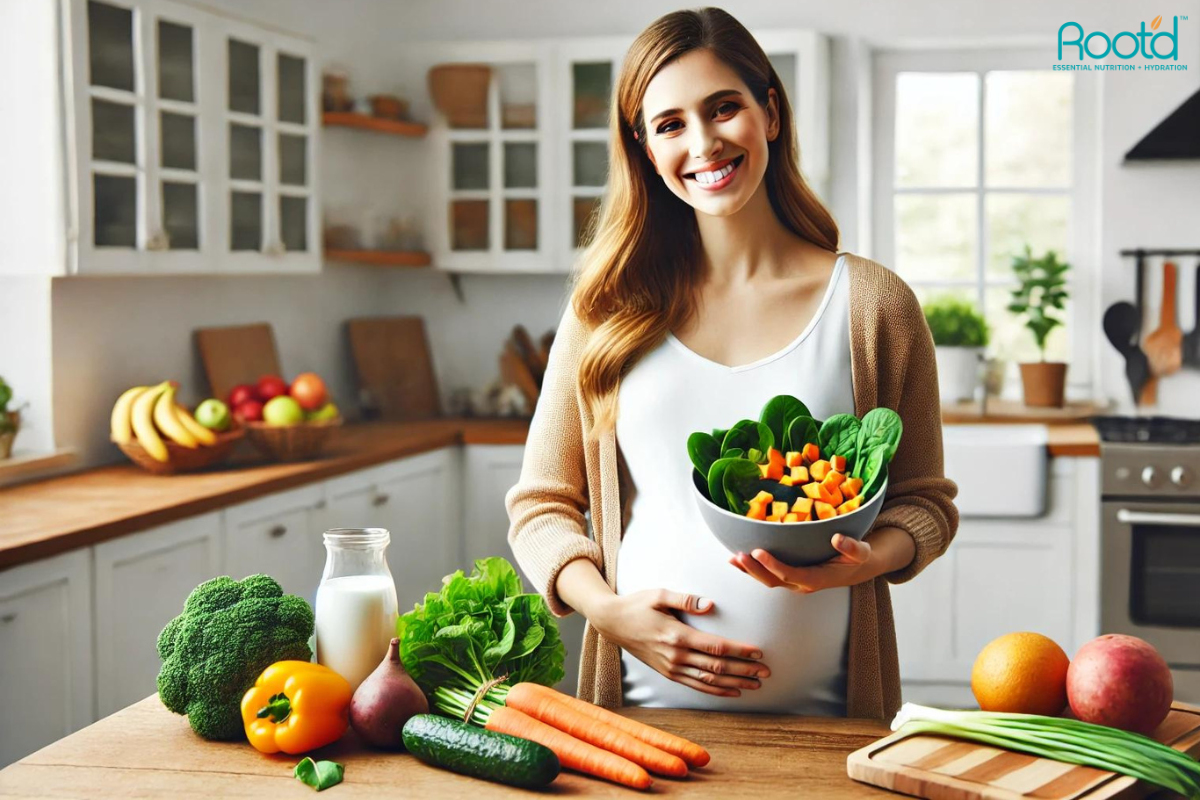
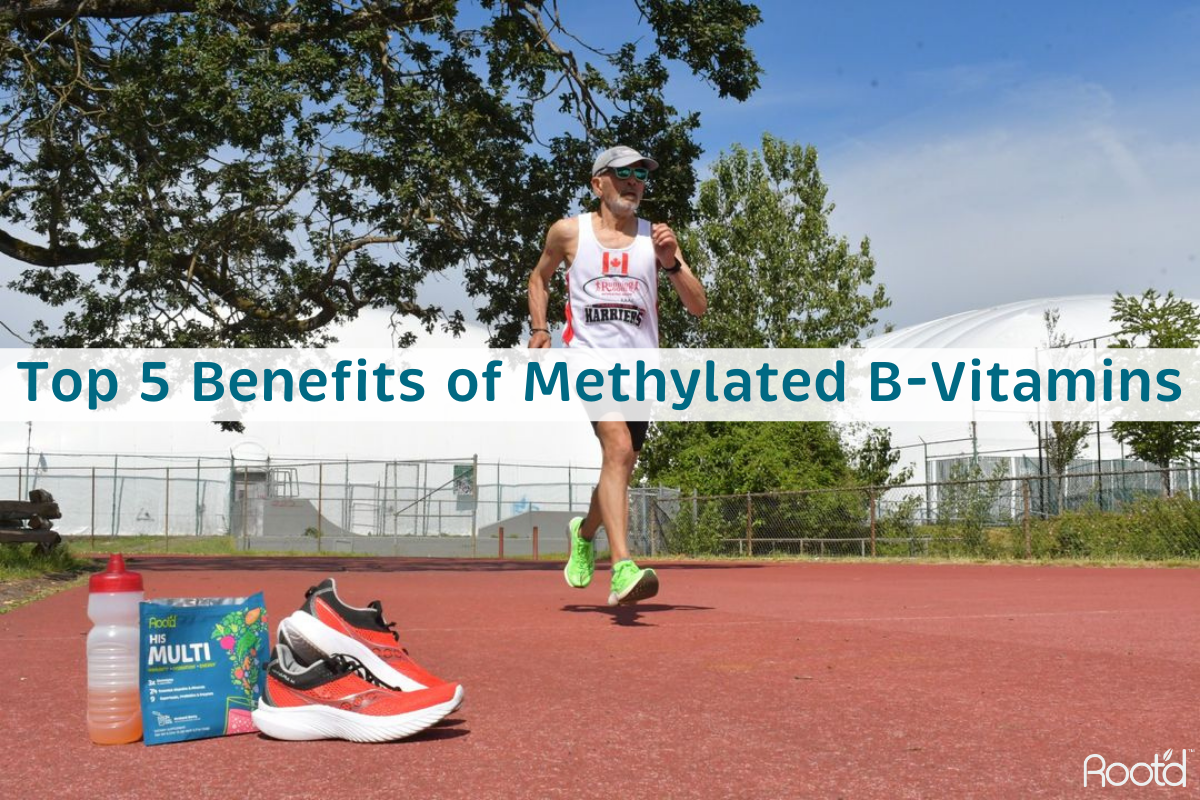
Leave a comment